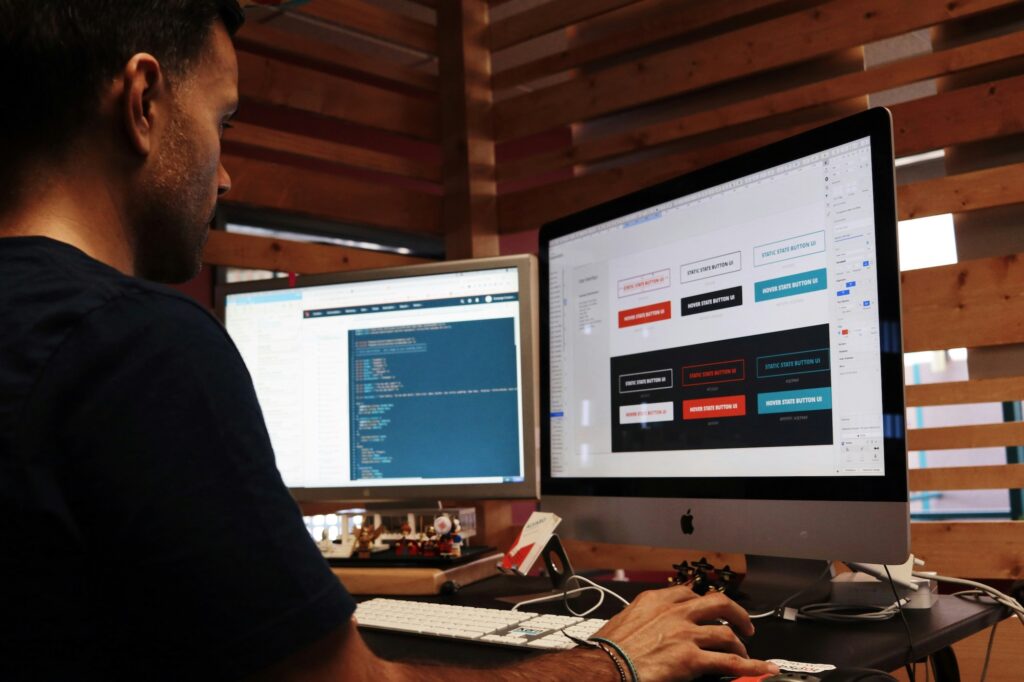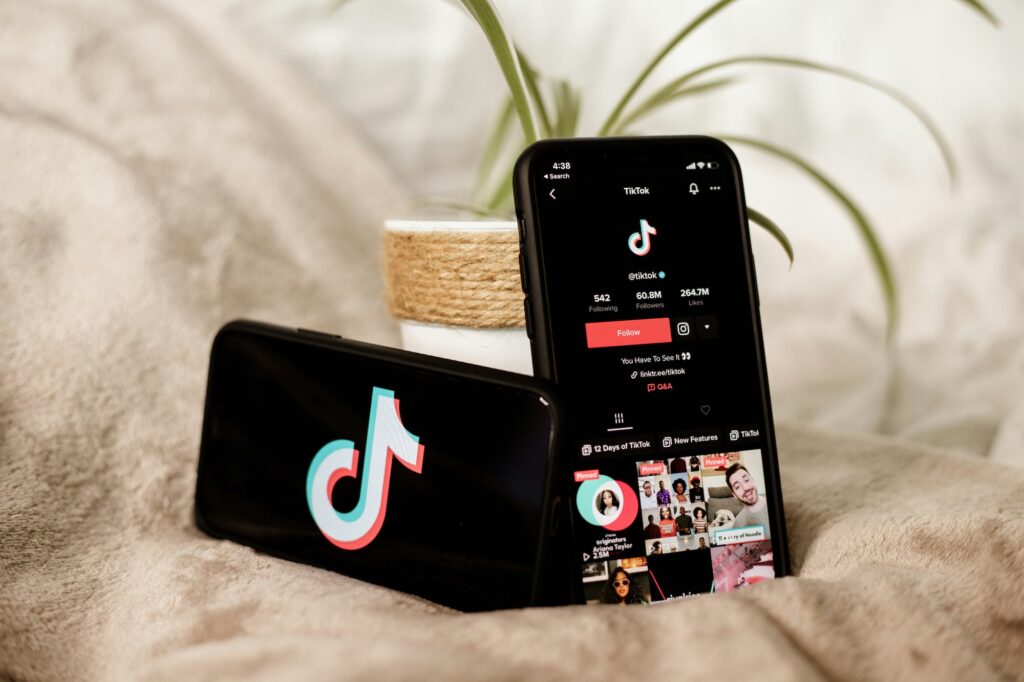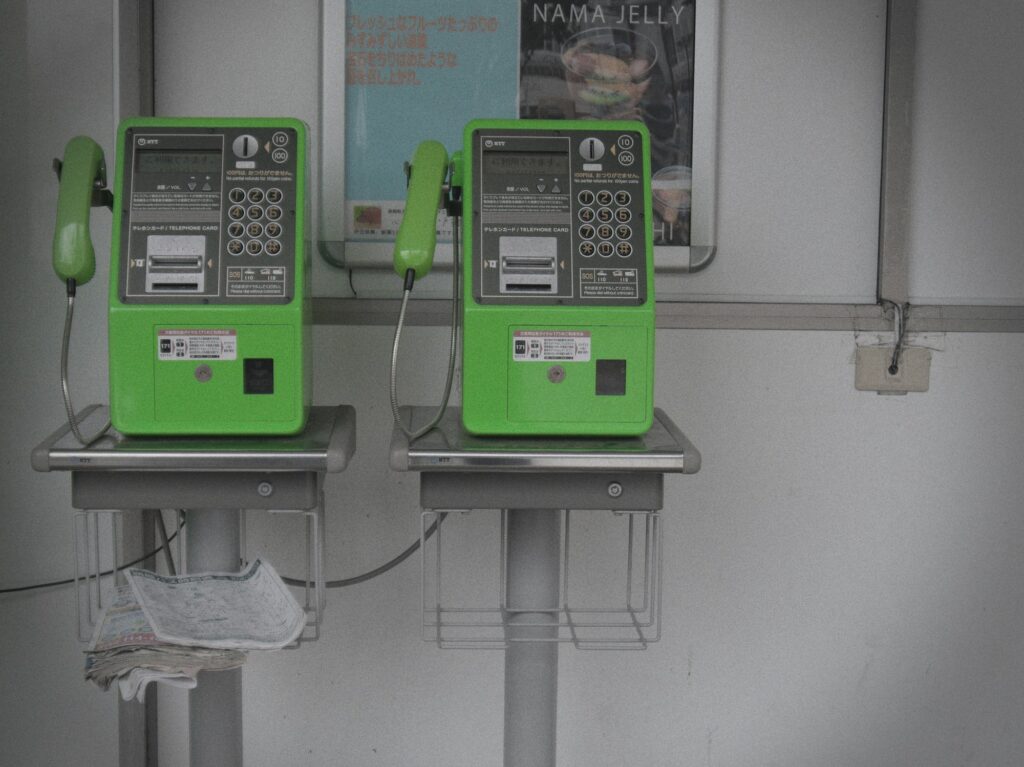Landing pages make or break your paid media performance.
You might be running ads with strong click-through rates and a comfortable CPC, but if your landing page isn’t doing its job, those clicks won’t convert, and that’s wasted spend.
Too often, brands send paid traffic to existing site pages. It’s easy, but it rarely works. The message in the ad doesn’t match the page experience, and the result? Bounce.
Instead, build campaign-specific landing pages. Think five campaigns, five tailored pages, each with one clear message and one simple action. That’s how you get real results.
In this blog, we’ll cover the key considerations for designing high-converting landing pages, recommend tools that make the job easier, and share real data showing what happens when you get it right.
Key Considerations for High-Performing Landing Pages
Clear and Engaging CTA
Your call to action is the tipping point between bounce and conversion. Generic buttons like “Learn More” or “Sign Up” are easy to overlook. A high-performing CTA should be specific, benefit-driven, and clearly tied to the value your offer provides.
For example, instead of “Learn More,” use “Download Your Free Strategy Guide” or “Start My Free Trial.” These CTAs are action-oriented and directly address the user’s intent.
Keep your CTA consistent throughout the page and eliminate competing distractions. Avoid multiple calls to action, and consider removing site navigation altogether; many of the best-performing landing pages do this to keep visitors focused on the next step.

A Valuable Offer
No one gives away their contact info for free—especially not B2B buyers. Your landing page needs to offer something they actually want. Whether it’s a whitepaper, case study, product demo, or exclusive tool, the offer must be relevant, practical, and clearly beneficial.
Ask yourself: Would I fill out this form for what I’m offering? If the answer is no, rethink the value. The most effective offers solve a known pain point or help the buyer do their job better. And they’re aligned with where the visitor is in the decision-making journey.
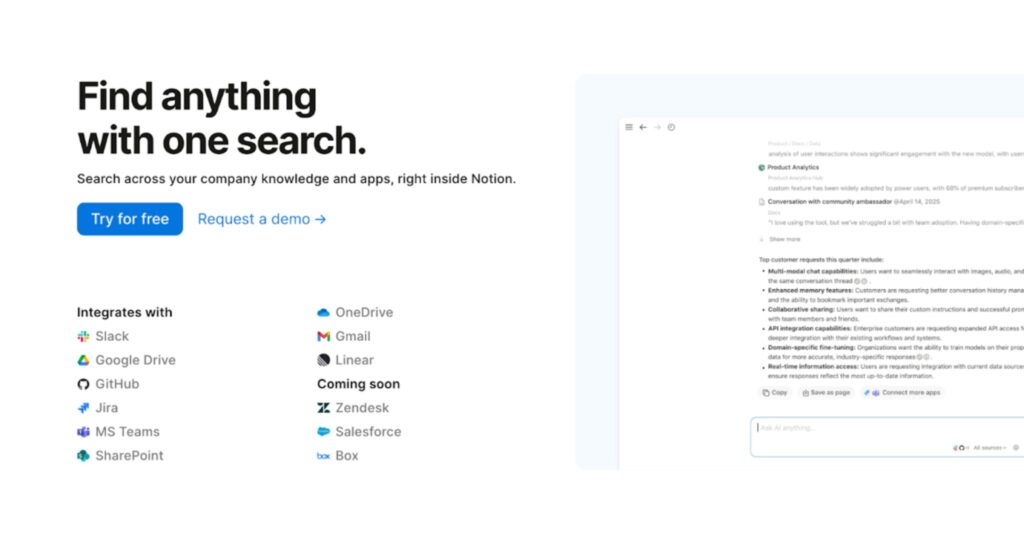
Streamlined Form Design
Every extra field in your form is a potential drop-off point, so make each one earn its place. Shorter forms typically convert better, but you still need enough information to qualify leads for your sales team.
If you need to filter leads, consider adding a mandatory checkbox or a single qualifying question at the end of the form, like annual revenue, industry, or company size. This is less intrusive and faster for the user than filling out multiple fields unnecessarily.
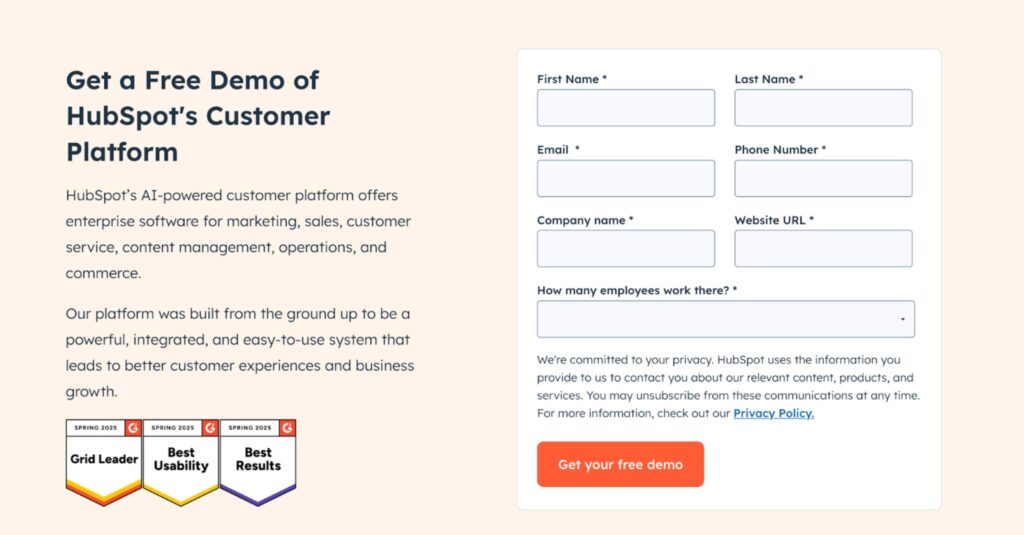
Building Trust
Buyers today don’t trust easily. With inboxes full of marketing noise, your landing page needs to feel credible and safe before a user will hand over their information.
Adding trust signals increases legitimacy and builds confidence in your offer. These might include:
- Customer testimonials or quotes that speak to real outcomes
- Case study highlights showing measurable results (e.g. “132% increase in qualified leads”)
- Recognisable company logos from clients or partners to signal authority and relevance
These subtle cues go a long way in reassuring visitors that your offer is real, your brand is reliable, and taking action is low-risk.

Powerful Header Image and Headline
Your header is your landing page’s first impression—and it has just seconds to hook attention. A great headline speaks directly to your audience’s pain point or desired outcome. Think: “Cut your onboarding time in half” or “Get 3x more qualified leads in 30 days.”
Pair it with a high-quality, relevant image that reinforces your message—whether that’s a product in action, a visual metaphor for the result, or a clean, professional layout that builds credibility.
The goal is clarity, impact, and instant relevance. If users don’t immediately get what you’re offering, they’ll likely bounce.
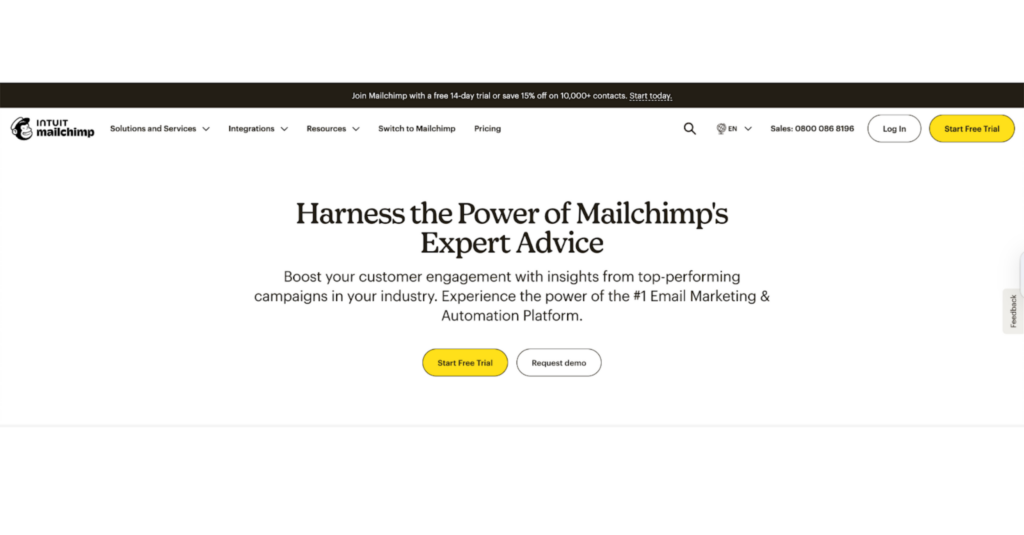
Clear, Easy-to-Digest Content
Busy decision-makers don’t read walls of text; they scan for value. That’s why your landing page content should be clear, factual, and skimmable.
Highlight key benefits using:
- Bullet points or icons to break up text
- Bold call-outs to emphasise critical details
- Charts or infographics to communicate complex data quickly
Keep the language simple and relevant to your audience’s needs. Just as important: make sure your copy aligns with the keywords you’re targeting in paid search or social. Keyword consistency improves Quality Score, which helps lower CPCs and boosts ad performance which directly impacts your ROI.
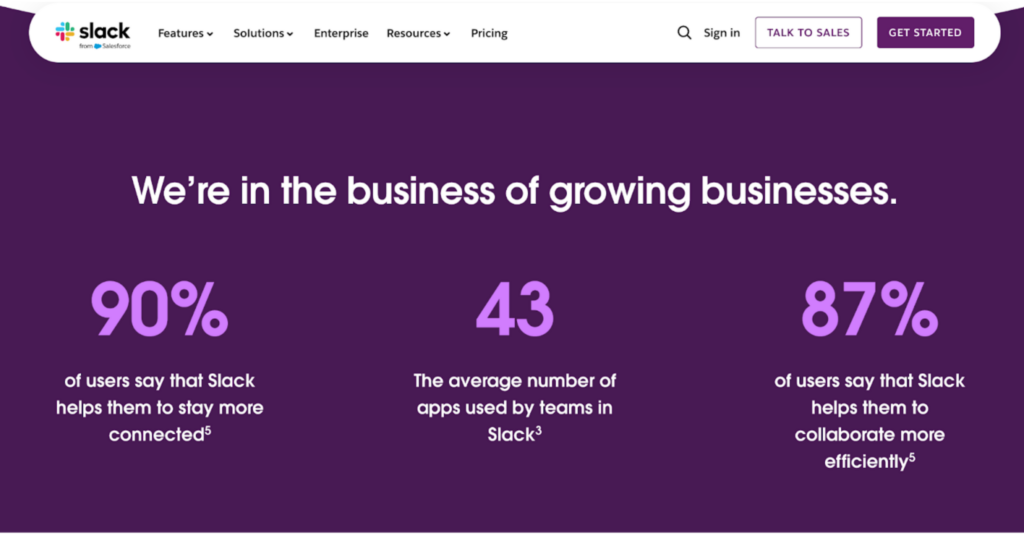
Platform Impact and User Behaviour
It’s not just your ad that gets judged; Google and Meta also evaluate your landing page experience. They crawl your content and track how users behave once they arrive.
If visitors bounce quickly, scroll briefly, or fail to engage, platforms read that as a poor experience. The result? Lower quality scores, higher CPCs and CPMs, and weaker ad delivery.
That’s why optimising for a smooth, relevant user journey isn’t just about conversions, it’s essential for keeping your ad costs efficient and your performance high.
Continuous Experimentation
Launching your landing page isn’t the final step; it opens the next phase of testing, data gathering, and optimisation. To maximise conversions, you need to keep refining based on what the data tells you.
A/B testing is the key to unlocking your page’s top performance drivers. Try experimenting with:
- CTA copy and design
- Headlines and imagery
- Form length and qualifying questions
- Trust signals and offer types
Continuous experimentation helps you discover what truly resonates with your audience and drives ongoing performance improvements.
Landing Page Tools
Landing page optimisation is an ongoing journey. As you test and learn what works best, the right tools can make all the difference, helping you gather data, run experiments efficiently, and implement winning changes quickly.
Below are some of the best tools to support your optimisation efforts:
- Unbounce – A Powerful platform for designing and building high-converting landing pages without coding.
- Instapage – User-friendly builder focused on personalisation and A/B testing.
- Swiper Pages – Lightweight, fast-loading landing page builder ideal for mobile-first experiences.
- Hotjar – Visualise user behaviour with heatmaps, session recordings, and feedback polls.
- Microsoft Clarity – Free user behaviour analytics tool offering heatmaps and session replays.
- Google Tag Manager (GTM) – Simplifies deployment of conversion tracking and analytics tags.
- Zapier – Automates workflows by connecting your landing page conversions to CRMs, email marketing, and more.
Real Results – Clicks to Conversions
We achieved a 5x higher conversion rate and generated £21 in pipeline value for every £1 spent.
eEnergy partnered with us to drive growth in lead generation across their key target sectors. Our approach combined a targeted Paid Search strategy with custom-built Unbounce landing pages tailored for each industry, all integrated with Salesforce for transparent pipeline tracking.
To optimise user experience, we leveraged Hotjar to analyse visitor behaviour on the landing pages and identify conversion barriers. By combining these insights with CRM and campaign data, we continuously refined both the campaign structure and landing page design.
The results speak for themselves: our landing pages converted at 5x the site average, with 56% of leads progressing to opportunities. Overall, for every £1 invested in media, we delivered £21 in pipeline revenue.
Final Thoughts
In B2B performance marketing, your landing page can make or break your campaign success. By focusing on clear messaging, trust-building, user experience, and ongoing optimisation, you’ll drive higher conversion rates and maximise your paid media ROI. Remember, the landing page is the critical bridge between your ad and your business goals- invest in it wisely.
